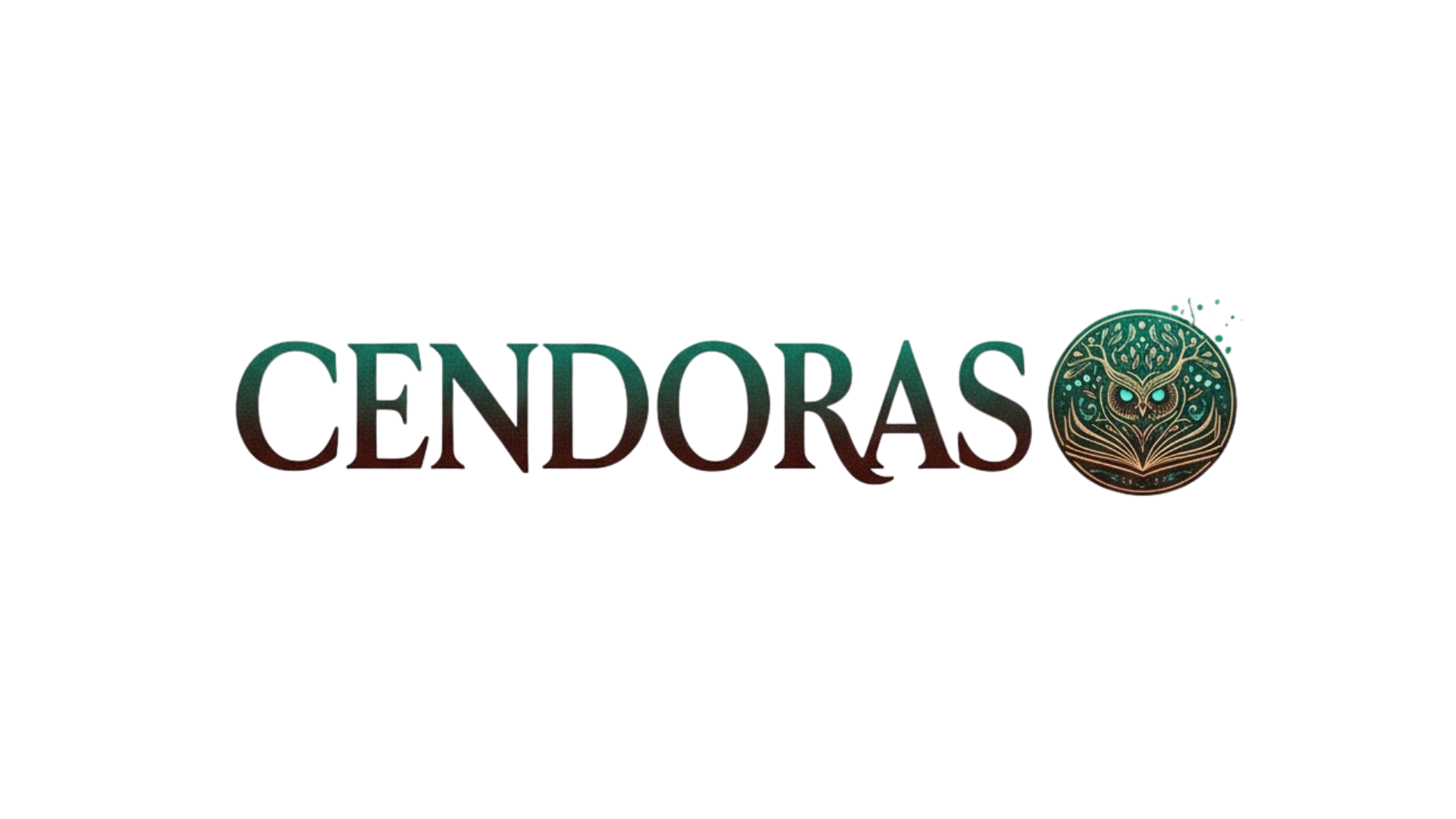Our minds are constantly juggling conflicting beliefs, values, and behaviors. This internal tug-of-war, known as cognitive dissonance, can leave us feeling anxious, confused, and stuck in patterns that no longer serve us.
Every day, we encounter situations that challenge our self-perception and worldview. Perhaps you consider yourself environmentally conscious yet drive a gas-guzzling vehicle, or you value honesty but find yourself telling white lies to avoid conflict. These contradictions create psychological tension that demands resolution, whether we’re consciously aware of it or not.
Understanding cognitive dissonance isn’t just an academic exercise—it’s a powerful tool for personal growth and mental clarity. When we learn to recognize and resolve these internal conflicts, we open the door to authentic living, better decision-making, and genuine peace of mind. This journey toward inner harmony begins with understanding what’s happening beneath the surface of our consciousness.
🧠 What Cognitive Dissonance Really Means
Cognitive dissonance is the mental discomfort we experience when holding two or more contradictory beliefs, values, or attitudes simultaneously. Psychologist Leon Festinger first introduced this concept in 1957, revolutionizing our understanding of human motivation and behavior change.
The theory suggests that we have an inner drive to maintain harmony among our beliefs, attitudes, and behaviors. When inconsistencies arise, we experience psychological stress that motivates us to reduce the discomfort through various means—sometimes healthy, sometimes not.
This phenomenon manifests in countless ways throughout our daily lives. The smoker who knows cigarettes cause cancer yet continues smoking experiences dissonance. The professional who preaches work-life balance while checking emails at midnight feels it too. These contradictions create cognitive strain that our minds work tirelessly to resolve.
The Psychological Mechanism Behind the Discomfort
When our actions contradict our beliefs, our brain essentially sounds an alarm. This discomfort isn’t weakness—it’s actually a sign that your mind is functioning properly, alerting you to inconsistencies that may need attention.
The intensity of dissonance varies based on several factors: how important the beliefs are to your identity, the magnitude of the inconsistency, and how many conflicting thoughts you’re experiencing simultaneously. The more central a belief is to your self-concept, the more uncomfortable you’ll feel when acting against it.
🔍 Recognizing Cognitive Dissonance in Your Daily Life
Identifying cognitive dissonance requires honest self-reflection. Many people live with low-grade psychological discomfort for years without recognizing its source. Learning to spot the signs is the first step toward resolution.
Common indicators include rationalization, where you make excuses for contradictory behavior; avoidance, where you dodge information that challenges your beliefs; and compartmentalization, where you mentally separate conflicting ideas to prevent them from colliding.
Physical and Emotional Warning Signs
Cognitive dissonance often manifests physically before we recognize it mentally. You might experience anxiety, restlessness, guilt, shame, or a general sense of unease when confronting situations that trigger internal contradictions.
These emotional responses serve as valuable data points. Instead of suppressing uncomfortable feelings, view them as messengers alerting you to areas of your life that need attention. The discomfort is trying to tell you something important about the gap between who you are and who you want to be.
- Feeling defensive when someone questions your choices
- Experiencing guilt after certain actions
- Constantly justifying behaviors to yourself or others
- Avoiding certain topics or conversations
- Feeling hypocritical or inauthentic
- Experiencing tension when your values are challenged
💡 The Three Primary Paths to Resolution
Once you’ve identified cognitive dissonance, you have three main strategies for reducing it. Understanding these options empowers you to choose the path that leads to genuine growth rather than comfortable self-deception.
Change Your Behavior to Align with Your Beliefs
The most direct approach involves modifying your actions to match your values. If you believe in healthy living but maintain poor habits, changing those habits eliminates the dissonance at its source.
This path requires courage and commitment. It means taking concrete steps that might be uncomfortable in the short term but lead to authentic living in the long run. The environmental advocate who starts carpooling or the procrastinator who develops better time management skills exemplify this approach.
Behavioral change is often the most challenging option because it requires actual effort and sacrifice. However, it’s also the most rewarding because it creates genuine alignment between your inner values and outer actions.
Adjust Your Beliefs to Match Your Actions
Sometimes we discover that our stated beliefs don’t actually reflect our true values. In these cases, updating your beliefs to align with your consistent behavior might be the honest path forward.
This isn’t about moral compromise—it’s about authentic self-understanding. Perhaps you’ve claimed to value spontaneity but consistently choose structure and planning. Acknowledging that you actually value stability isn’t weakness; it’s clarity.
The key is ensuring you’re genuinely revising beliefs based on honest self-reflection, not simply justifying harmful behaviors. There’s a crucial difference between recognizing authentic values and making excuses for destructive patterns.
Add New Information to Bridge the Gap
The third strategy involves introducing additional beliefs or information that reduce the perceived conflict. This approach doesn’t eliminate either the original belief or behavior but reframes the situation in a way that reduces tension.
For example, someone who eats meat but loves animals might reduce dissonance by emphasizing the importance of supporting humane farming practices or acknowledging the nutritional necessity of protein. They’re adding nuance rather than making a binary choice.
This approach works best when the added information is genuine and not simply convenient rationalization. The goal is cognitive integration, not mental gymnastics to avoid uncomfortable truths.
🎯 Strategies for Mastering Cognitive Dissonance
Moving from understanding to action requires practical strategies. These techniques help you navigate internal conflicts with wisdom rather than defensiveness, leading to genuine resolution rather than temporary comfort.
Practice Radical Honesty with Yourself
Self-deception is cognitive dissonance’s best friend. To resolve internal conflicts, you must first acknowledge them with brutal honesty. This means examining your behaviors without the rose-colored glasses of rationalization.
Create regular check-in moments where you inventory your values and assess whether your actions align. Ask yourself: “If someone observed my behavior without knowing my stated beliefs, what would they conclude I truly value?” This outsider perspective cuts through self-justification.
Journaling can be particularly powerful for this practice. Writing forces you to articulate thoughts that might remain conveniently vague when only contemplated mentally. The act of putting contradictions on paper makes them harder to ignore.
Develop Mindfulness Around Decision Points
Many dissonance-creating behaviors happen on autopilot. Bringing conscious awareness to decision points gives you the opportunity to choose alignment over contradiction.
Before taking action, pause and ask: “Does this choice reflect my values? If not, what’s really driving this decision?” This brief moment of reflection can prevent the accumulation of small contradictions that compound into significant internal conflict.
Mindfulness meditation apps can support this practice by strengthening your capacity for present-moment awareness. The more skilled you become at observing your thoughts without judgment, the better equipped you’ll be to notice contradictions as they arise.
Create Environmental Supports for Value-Aligned Behavior
Willpower alone rarely sustains behavioral change. Instead, design your environment to make value-aligned choices easier and contradictory ones harder.
If you value health but struggle with junk food, don’t rely on discipline when hungry—simply don’t keep tempting foods in your home. If you value focused work but get distracted by your phone, use apps that block social media during work hours.
This approach recognizes that cognitive dissonance often arises from situational factors rather than character flaws. By changing your environment, you reduce the number of situations where you must choose between comfort and values.
🛠️ Building Long-Term Cognitive Coherence
Resolving individual instances of cognitive dissonance is valuable, but building systems that prevent unnecessary internal conflict is transformative. Long-term cognitive coherence comes from establishing clarity about your core values and creating life structures that support them.
Clarify Your Core Values Through Deliberate Reflection
Many people haven’t consciously identified their core values. They operate with inherited or assumed beliefs that may not actually resonate with their authentic selves. This lack of clarity virtually guarantees cognitive dissonance.
Set aside time to explicitly identify your top five values. Not what you think you should value, but what you genuinely prioritize when faced with difficult choices. Look at your actual behavior over the past year—where you spend time, money, and energy reveals your true values more accurately than aspirational thinking.
Once identified, write these values down and revisit them regularly. Use them as a decision-making framework: “Does this opportunity align with my core values? If not, it’s probably not right for me, regardless of other benefits.”
Embrace Values-Based Decision Making
When your decisions flow from clearly defined values, you naturally reduce cognitive dissonance. Instead of making choices based on external pressure, temporary emotions, or convenience, you have a consistent internal compass.
This doesn’t mean life becomes rigid or joyless. Rather, you develop a flexible framework that accommodates situational nuance while maintaining core integrity. You might value both spontaneity and responsibility, learning when each value should take priority.
🌱 The Growth Mindset Approach to Internal Conflicts
Cognitive dissonance can be viewed as either a character flaw to hide or a growth opportunity to embrace. Your perspective on these internal conflicts dramatically influences your capacity to resolve them productively.
A growth mindset recognizes that contradictions are natural parts of human development. We’re constantly evolving, and the beliefs that served us in one life stage may not fit the next. Dissonance often signals that we’re ready for an update in how we think or behave.
Rather than beating yourself up for inconsistencies, approach them with curiosity: “What is this conflict teaching me about my current life stage? What old pattern am I outgrowing? What new understanding wants to emerge?”
Learning from Dissonance Rather Than Avoiding It
The discomfort of cognitive dissonance contains valuable information if we’re willing to examine it. Each instance reveals something about the gap between your current reality and your aspirations, highlighting specific areas for growth.
Keep a “dissonance log” where you note moments of internal conflict without judgment. Over time, patterns emerge. Perhaps you consistently experience tension around work-life balance, or maybe financial decisions trigger repeated dissonance. These patterns point toward the areas of life most deserving of your attention and energy.
🚀 Moving from Awareness to Sustained Transformation
Understanding cognitive dissonance intellectually differs vastly from embodying cognitive coherence in daily life. The journey from knowledge to wisdom requires consistent practice and patience with yourself.
Start small. Choose one area of dissonance in your life and commit to resolving it over the next month. Don’t try to overhaul your entire existence overnight—sustainable change happens incrementally.
Track your progress and celebrate small wins. Each moment you choose alignment over convenience strengthens neural pathways that make future value-aligned decisions easier. You’re literally rewiring your brain for coherence.
Building Accountability Systems
Transformation rarely happens in isolation. Share your growth goals with trusted friends or join communities focused on intentional living. External accountability increases follow-through dramatically.
Consider finding an accountability partner who’s also working on resolving cognitive dissonance. Regular check-ins where you discuss challenges and victories create motivation and mutual support for the difficult work of personal growth.

🌟 The Freedom of Cognitive Alignment
When you successfully resolve cognitive dissonance and achieve greater internal coherence, you experience a profound sense of freedom. The mental energy previously consumed by managing contradictions becomes available for creativity, connection, and joy.
People living in alignment with their values report higher life satisfaction, lower anxiety, and stronger relationships. They’re not constantly monitoring what they say to different people because there’s no contradiction to manage—their authentic self is consistent across contexts.
This authenticity is magnetic. When you’re internally coherent, people sense it. They trust you more because you trust yourself. Your presence becomes more grounded because you’re not fighting internal battles while trying to engage with the external world.
The journey toward cognitive coherence is ongoing. You’ll never achieve perfect alignment because life is dynamic and complex. But each contradiction you resolve, each moment you choose authenticity over convenience, brings you closer to the person you aspire to be.
Mastering cognitive dissonance isn’t about eliminating all internal conflict—it’s about developing the wisdom to recognize contradictions, the courage to address them honestly, and the compassion to be patient with yourself throughout the process. This mastery leads not to perfection but to the profound peace that comes from living in harmony with your deepest values and truest self.
Toni Santos is a behavioural economics researcher and decision-science writer exploring how cognitive bias, emotion and data converge to shape our choices and markets. Through his studies on consumer psychology, data-driven marketing and financial behaviour analytics, Toni examines the hidden architecture of how we decide, trust, and act. Passionate about human behaviour, quantitative insight and strategic thinking, Toni focuses on how behavioural patterns emerge in individuals, organisations and economies. His work highlights the interface between psychology, data-science and market design — guiding readers toward more conscious, informed decisions in a complex world. Blending behavioural economics, psychology and analytical strategy, Toni writes about the dynamics of choice and consequence — helping readers understand the systems beneath their decisions and the behaviour behind the numbers. His work is a tribute to: The predictable power of cognitive bias in human decision-making The evolving relationship between data, design and market behaviour The vision of decision science as a tool for insight, agency and transformation Whether you are a marketer, strategist or curious thinker, Toni Santos invites you to explore the behavioural dimension of choice — one insight, one bias, one choice at a time.




